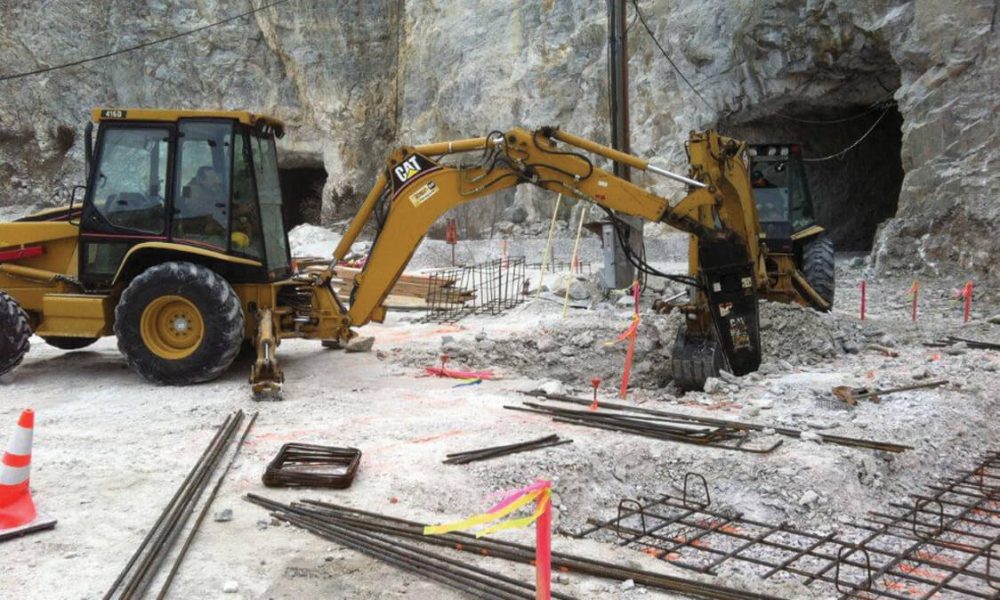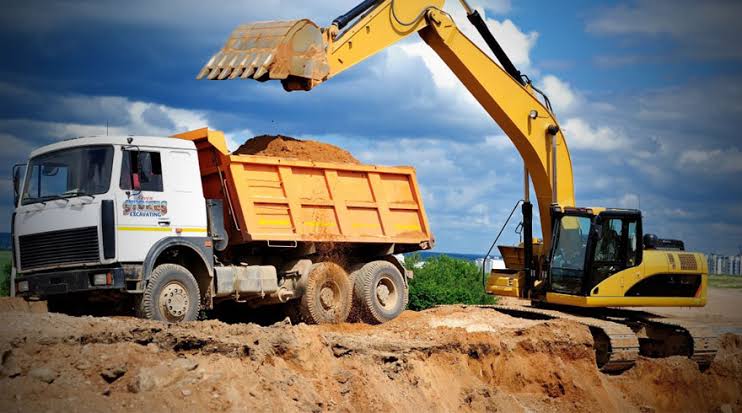Business Lancaster Trenching - Trenching Services for Organizations in Lancaster
Business Lancaster Trenching - Trenching Services for Organizations in Lancaster
Blog Article
Introducing the Art of Excavation: Pro Tips for Safe and Productive Digging
As soil is turned and earth is relocated, the intricacies of excavation expose themselves, demanding an eager understanding of equipment, dirt composition, safety and security procedures, and environmental considerations. The experience needed to browse these elements properly can suggest the difference in between an effective excavation job and a potential calamity.
Importance of Correct Tools
To make certain the safety and effectiveness of any excavation task, using the ideal tools is vital. Excavation tasks differ in range and complexity, varying from tiny household landscaping jobs to large-scale building undertakings.
Excavators are basic pieces of machinery in any kind of excavating operation. These functional equipments come in different dimensions to match various project requirements. Miniature excavators are excellent for smaller sized jobs, while bigger excavators tackle more comprehensive tasks successfully. Backhoes are one more vital devices type, incorporating the functions of a loader and an excavator in one maker. They are valuable for jobs needing adaptability and ability to move.
Aside from excavators, other critical tools consists of dump plates, vehicles, and excavators. Discard vehicles are necessary for getting rid of and transferring excavated materials, while plates are used for digging deep and slim trenches. Bulldozers stand out in tasks that need pushing large quantities of dirt or particles. By investing in the ideal tools, excavation jobs can be completed securely, on schedule, and with accuracy.
Understanding Dirt Make-up
A comprehensive grasp of soil composition is essential for performing excavation tasks with precision and security. Recognizing the different types of soil is important as it directly impacts excavation techniques, tools selection, and total job performance. Soil composition commonly contains 4 major elements: sand, silt, clay, and raw material. Each element has unique buildings that affect how dirt reacts to excavation procedures.
Silt fragments are smaller sized than sand yet larger than clay, using moderate drainage and cohesion. Organic issue, such as decomposing plant material, influences soil fertility and security.
Before starting excavation, performing soil tests to establish its composition and qualities is essential. This info helps in picking the appropriate devices, implementing safety and security steps, and establishing excavation methods customized to the specific dirt conditions - lancaster trenching. By recognizing soil structure, excavation professionals can enhance project end results while making sure safety and security and adherence to finest techniques
Precaution and Methods
Comprehending soil composition is the cornerstone whereupon safety and security measures and protocols for excavation tasks are constructed, making sure the well-being of workers and the success of the undertaking. When it involves safety during excavation, there are a number of vital procedures that need to be applied to alleviate threats and protect against mishaps.
Most importantly, before any type of excavating commences, a thorough assessment of the site need to be carried out to determine any kind of potential risks such as below ground energies, unstable soil problems, or close-by structures that might pose a threat. It is vital to have a competent person supervise the excavation procedure to guarantee that all safety and security methods are followed strictly.
Moreover, all workers associated with the excavation has to be properly learnt secure digging techniques and the correct operation of equipment. Individual click for more safety devices (PPE) such as construction hats, high visibility clothes, handwear covers, and safety boots ought to be put on whatsoever times to minimize the threat of injuries. dump truck companies in ohio. Normal security conferences and tool kit talks should likewise be performed to keep all workers educated regarding possible risks and enhance secure job practices. By adhering to these precaution and procedures, excavation projects can be completed successfully and without event.
Reliable Excavation Preparation
When embarking on an excavation project, precise preparation is crucial to ensure performance, security, and successful end results. Efficient excavation preparation entails a number of vital actions that are important for the smooth implementation of the job.
As soon as the site analysis is total, the following action is to create a clear timeline and timetable for the excavation tasks. This includes identifying the sequence of tasks, tools demands, and workforce allotment. Correct organizing assists stay clear of hold-ups and makes sure that the task remains on track.

Moreover, communication amongst all group members is go to website paramount during the planning phase. Clear directives, regular updates, and reliable coordination are vital for an effective excavation task. By spending time and initiative in precise planning, excavation teams can dramatically enhance productivity, decrease risks, and accomplish successful end results.

Taking Care Of Ecological Considerations
With raising focus on environmental sustainability in building techniques, taking care of environmental considerations has ended up being a crucial element of excavation projects. Excavation activities have the possible to affect the surrounding atmosphere with dirt disintegration, debris runoff, habitat interruption, and contamination of water resources. To mitigate these threats, it is necessary to apply best techniques that focus on environmental management.

Additionally, proper waste monitoring is vital to avoid soil and water contamination. Implementing procedures get more for the disposal of dangerous materials, recycling of waste materials, and reducing making use of dangerous chemicals can dramatically lower the ecological influence of excavation tasks. By incorporating these techniques right into excavation preparation and implementation, building and construction firms can guarantee that their tasks are not only safe and productive yet likewise environmentally responsible.
Final Thought
Finally, mastering the art of excavation needs a thorough understanding of correct equipment, soil composition, precaution, and efficient preparation. By following these standards and considering ecological variables, excavations can be performed safely and successfully. It is essential to prioritize safety and efficiency in every excavating job to make certain effective end results.
As dirt is transformed and planet is moved, the ins and outs of excavation reveal themselves, demanding an eager understanding of tools, soil structure, safety protocols, and environmental considerations.To make certain the safety and security and performance of any kind of excavation job, making use of the ideal devices is paramount.A detailed understanding of soil structure is fundamental for executing excavation projects with accuracy and safety and security. Comprehending the different types of soil is crucial as it directly influences excavation techniques, devices option, and total project efficiency. By comprehending dirt composition, excavation specialists can enhance task end results while making sure safety and adherence to best practices.
Report this page